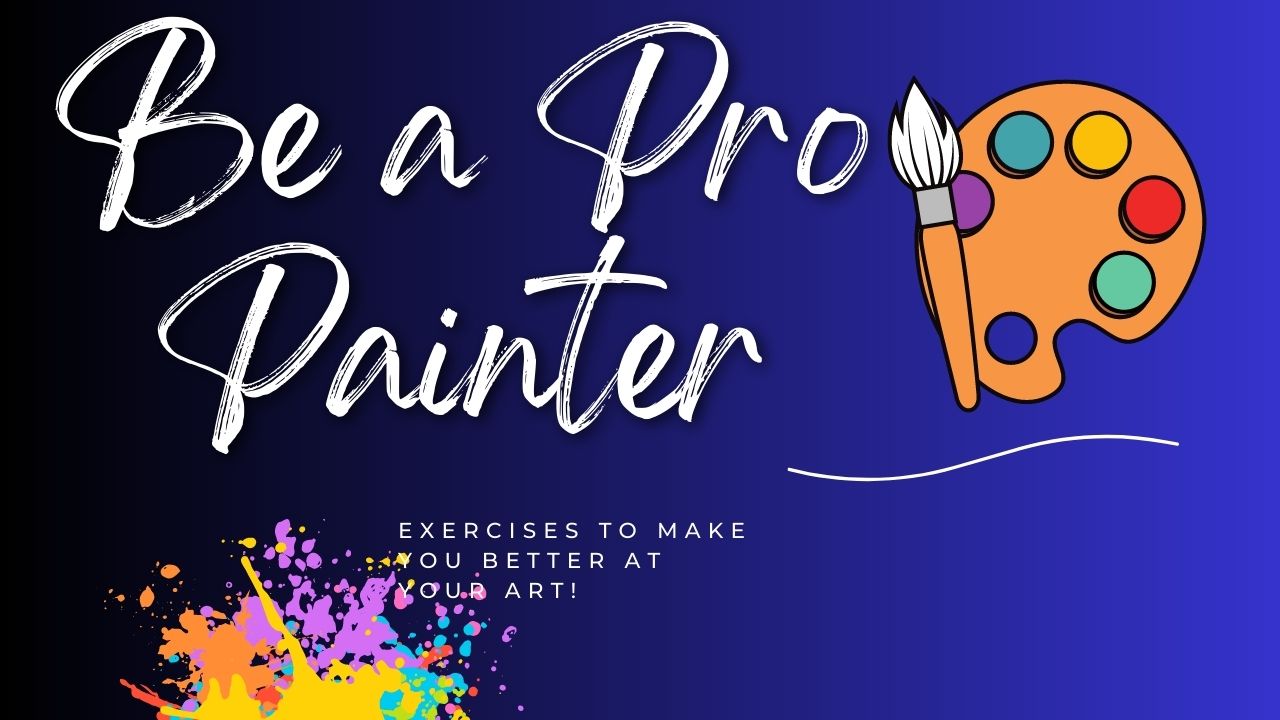Painting is all about skill, patience, and continuous learning. As artists, we often face the challenge of not being able to express our vision on canvas as we would like to. However, with practice and dedication, we can improve our painting skills and take our art to the next level. Mastering the canvas is an ongoing process that requires a combination of techniques, creativity, and self-reflection. In this blog post, we will explore some exercises that can help you continuously improve your painting skills and overcome common obstacles. Whether you are a beginner or an experienced painter, these exercises will help you refine your techniques, sharpen your eye for detail, and enhance your overall creative process. From color theory to brushwork, we will cover a variety of topics that will help you develop your style and achieve the results you desire.
Color Studies:

One of the fundamental aspects of painting is understanding and manipulating color. Begin by creating simple color studies, focusing on color combinations and harmonies. Experiment with complementary, analogous, and warm or cool color schemes. By exploring various color relationships, you’ll develop a deeper understanding of how colors interact and evoke different moods.
Still Life Exercises:
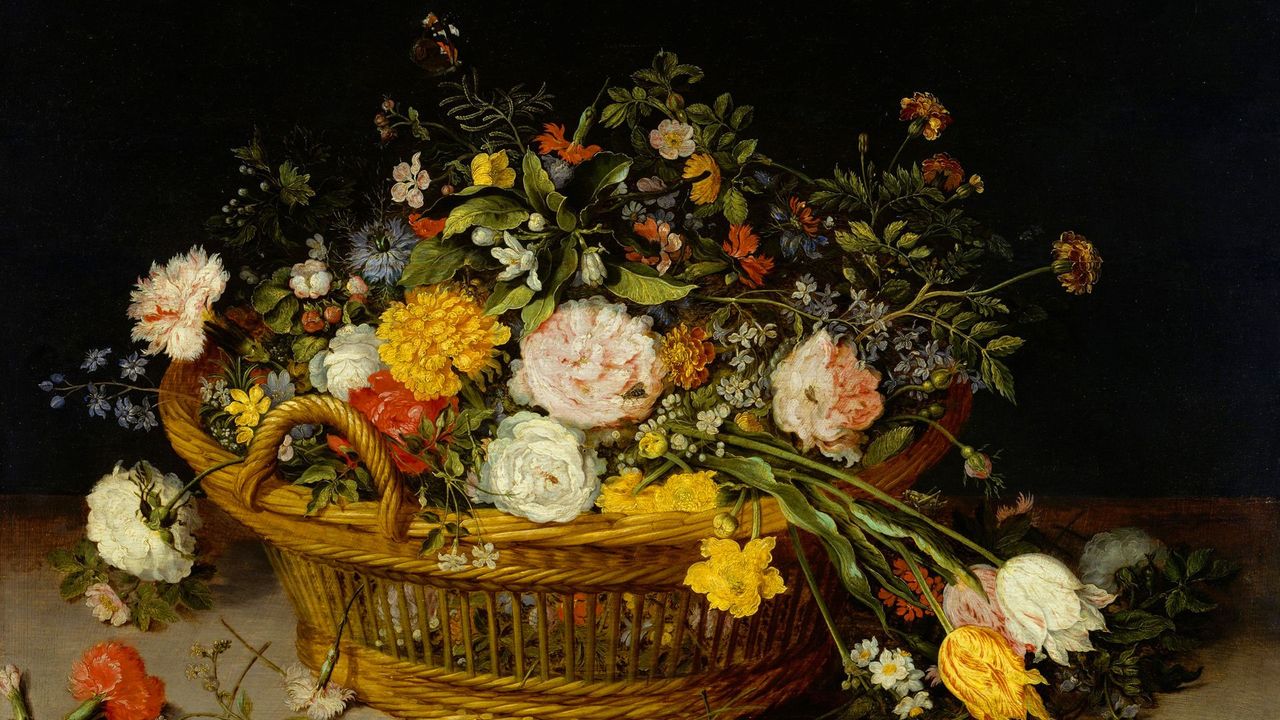
Still life painting provides an excellent opportunity to refine your observational skills and capture the essence of objects on the canvas. Set up a still-life arrangement with everyday objects and focus on accurately representing their shapes, textures, and proportions. Pay attention to the play of light and shadow, as it can dramatically affect the mood and atmosphere of your painting.
Landscape Sketching:
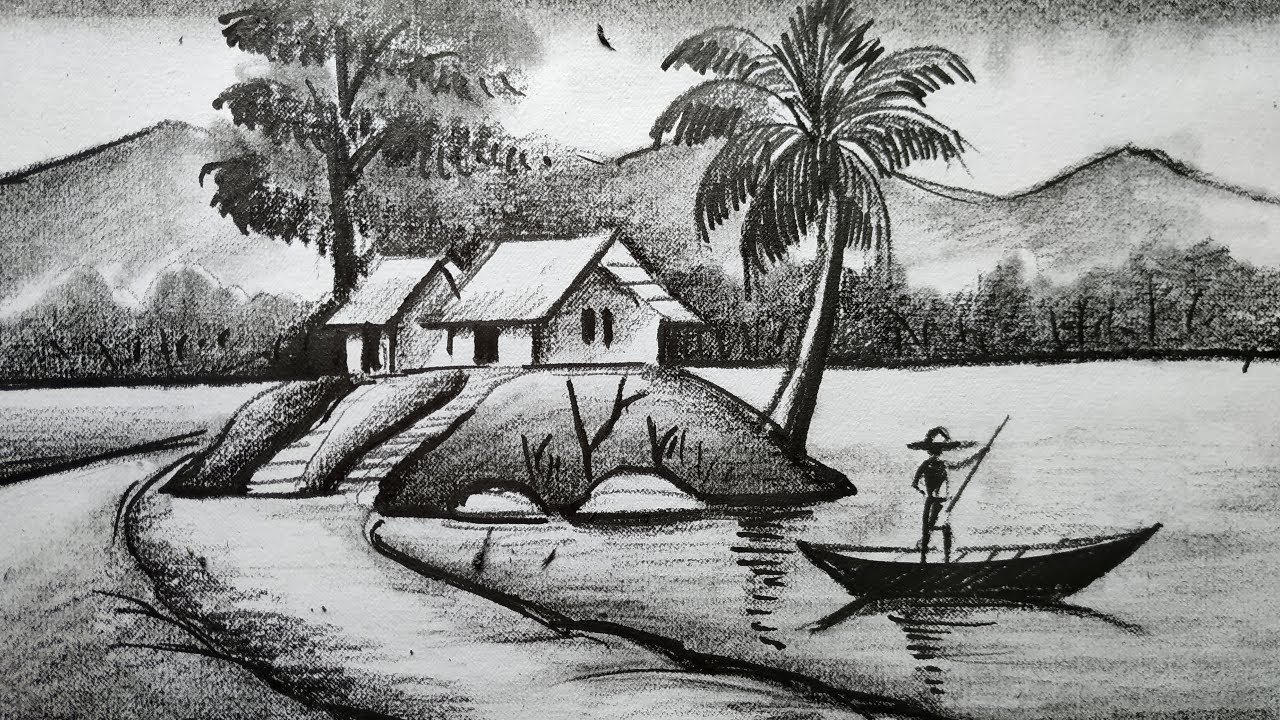
Nature offers a wealth of inspiration for painters. Head outdoors with a sketchbook and capture the beauty of the natural world. Focus on quick, gestural sketches to capture the essence of the scene and its unique elements. This exercise will help you develop your ability to simplify complex subjects and capture the fleeting effects of light and atmosphere.
Figure Drawing:
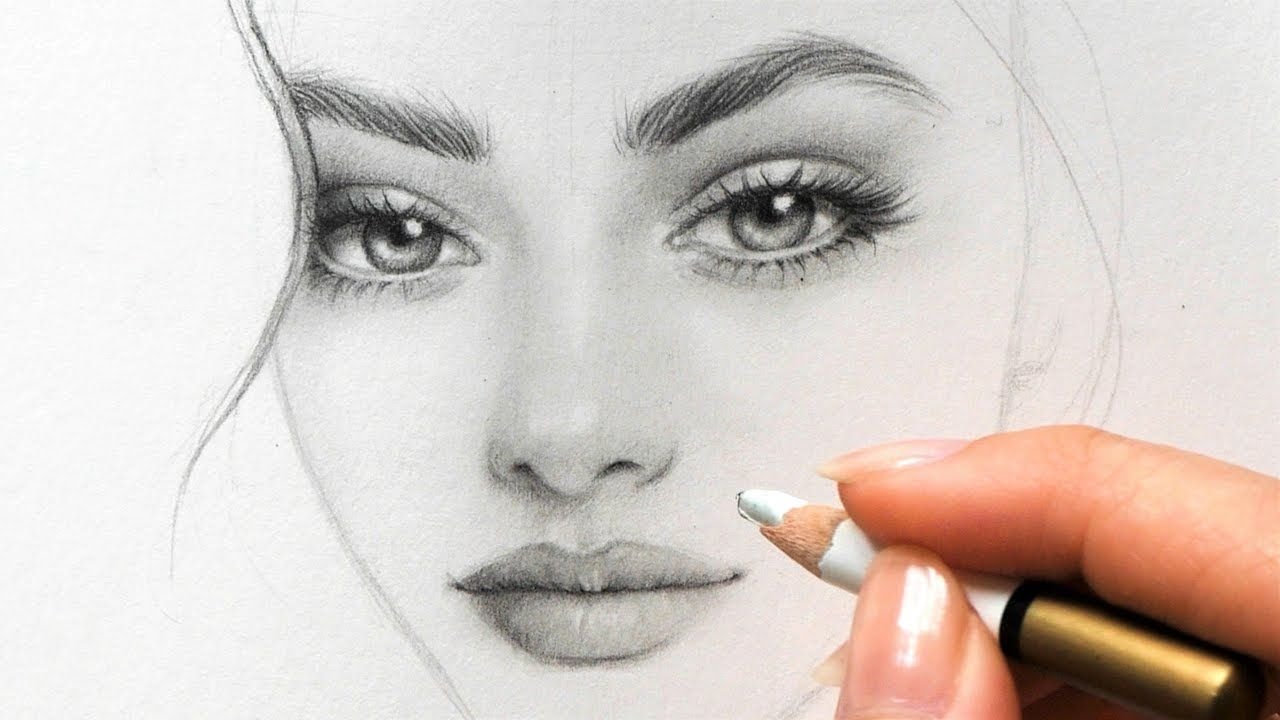
Human figures are a challenging yet rewarding subject for painters. Regular figure drawing sessions will improve your understanding of anatomy, proportions, and capturing gestures. Attend life drawing classes or use online resources to practice drawing the human form. As you progress, incorporate figures into your paintings to bring them to life and add a sense of narrative.
Experimental Techniques:

Don’t be afraid to step outside your comfort zone and experiment with different painting techniques. Try using unconventional tools, such as sponges or palette knives, to create unique textures and effects. Explore various mediums like watercolors, oils, or acrylics to broaden your artistic repertoire. Embrace mistakes as opportunities for growth and learn from unexpected results.
Self-Critique and Reflection:
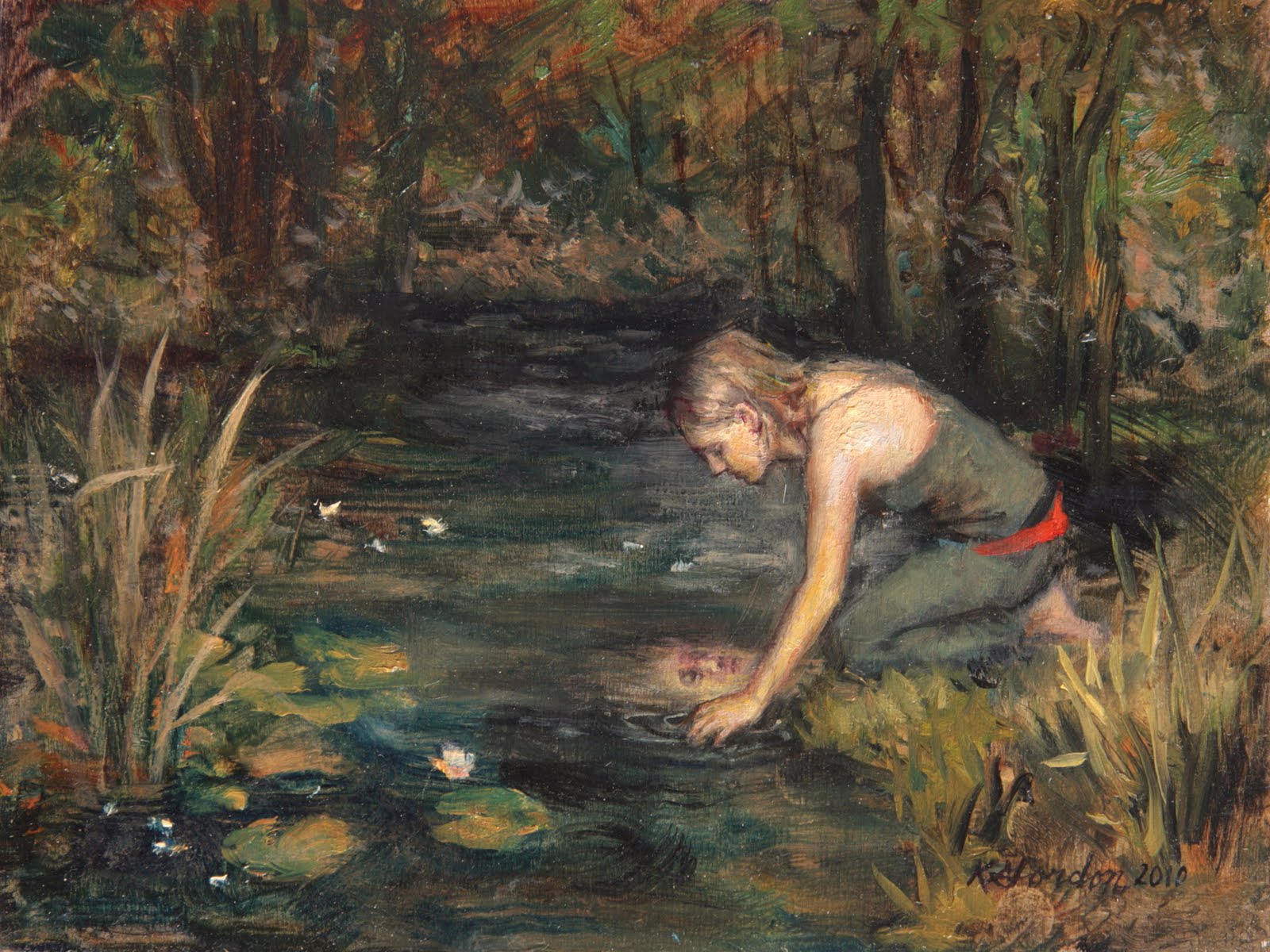
Regularly evaluate your own work to identify areas for improvement. Take a step back and analyze your paintings objectively. Ask yourself questions about composition, color choices, and brushwork. What worked well? What could be improved? Seeking constructive feedback from other artists or joining a critique group can also provide valuable insights and fresh perspectives.
Remember, mastering painting is a lifelong pursuit. Embrace the process of continuous improvement, and don’t be discouraged by setbacks or perceived failures. Each stroke of the brush is an opportunity to learn, grow, and express your unique artistic vision in the diverse world of Art. By incorporating these exercises into your practice, you’ll be well on your way to mastering the canvas and creating captivating works of art.

